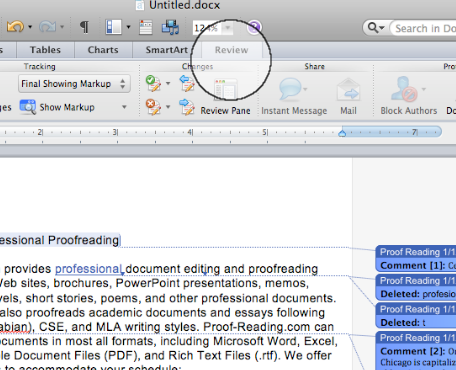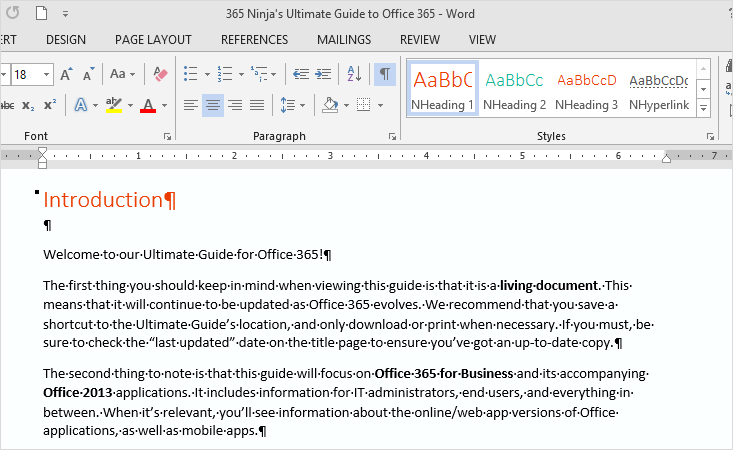

For example, if I want to type the trefoil symbol for radioactive material, I can look under the “Health and Safety” topic and find that the code is 2622. While this is up to date and complete, it’s also somewhat difficult to scroll through to find the characters and character codes you need.įortunately for us, there is a “ List of useful symbols” separated by topic that makes i much easier to find the correct character codes. Once source for those character codes is the official Unicode Character Reference List. We need to know what the Unicode character codes are for those three characters. Now, let’s say that we’re writing a blog post and want to type the characters that show up on a Mac keyboard for Control (⌃), Option (⌥) and Command (⌘). keyboard and the Unicode Hex Input keyboard. See that checkbox for “Show Input menu in menu bar”? Be sure that it is checked to allow for quick switching between your usual U.S.There is only one input source listed – Unicode Hex Input. Scroll the list of languages down to the bottom where you see “Others” and click on it. You’ll see long, scrolling lists of languages (left, in image above) and input sources (right).The Unicode Hex Input Keyboard is located under “Others” Click the + button below the list of input sources on the left side of the Keyboard pane.

By default, those of us in the United States will see just one input source called “U.S.”

Launch System Preferences, then click Keyboard.To allow us to type the Unicode character codes while holding down the Option key, the Unicode Hex Input Keyboard must be in use. Now, most of the time you want to be able to type and have things look the way that they normally do. That’s where the Unicode Hex Input Keyboard comes into play. To type the “infinite loop” or “info” character, I actually have to look up the Unicode for that character (2318) then somehow get my Mac to translate that code as the proper symbol. Pressing any one of those keys does not, however, actually type that symbol. On your standard Mac keyboard, just type Option and the Unicode number for the character, and the character is applied to whatever text field you’re currently typing in.Īs an example, Mac keyboards have special symbols that indicate Control, Option, and Command (Cmd). What they started eventually became known as Unicode, described as “a computing industry standard for the consistent encoding, representation, and handling of text expressed in most of the world’s writing systems.”Įach character in all of these different writing systems, along with possible accent marks, is assigned a hexadecimal code. Not all languages on Planet Earth use those characters, so a group led by Joe Becker of Xerox and Lee Collins and Mark Davis from Apple began to look at creating a universal character set back in 1987. The page you’re currently reading uses typical Latin characters that are made up of glyphs or renderings of those characters. Through the use of a computer industry standard called Unicode, it’s possible to type any of 137,994 characters! Today we’ll show you how that’s done using Unicode and the Option key. Our Mac keyboards have a limited number of characters on them, primarily letters, numbers, punctuation marks, and a few special characters like the Apple logo mark () that can be typed using keyboard combinations like Option-Shift-K.


 0 kommentar(er)
0 kommentar(er)
